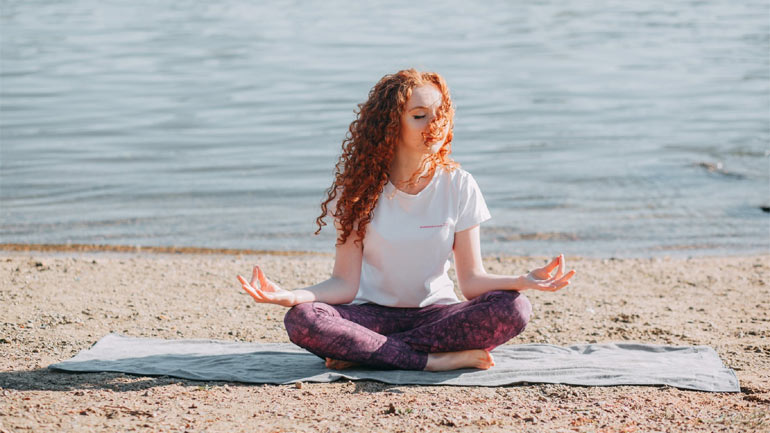What is a solar eclipse, and how can that happen?
When the moon passes between the sun and the Earth, a solar eclipse occurs. The moon blocks the sun’s rays from hitting EarthEarth, throwing a shadow over the planet. If the moon covers the sun, it is called a total solar eclipse. When the moon covers the sun, the sun’s outer atmosphere (known as the solar corona) glows around it. If the moon covers half of the sun, it is called a partial solar eclipse. A partial solar eclipse will cause damage to your eye by exposing it to the sun’s rays.
How does a solar eclipse affect your eyes?
During a solar eclipse, exposing the eyes to the sun without adequate eye protection will result in “eclipse blindness” or retinal burns, also known as solar retinopathy. The retina (the back of the eye) cells that relay what you see to the brain may be damaged or even destroyed by this exposure to light. This injury can be either reversible or permanent, and it is painless. It can take anywhere from a few hours to a few days after seeing a solar eclipse to understand the magnitude of the impact. Therefore, if you are going to be viewing the eclipse, you will need to source eye protection from somewhere like https://eclipse23.com before the event takes place.
Dos and Don’ts in Seeing the Eclipse:
- Avoid staring straight at the light.
- Do not use handmade filters or regular sunglasses, even though they are very black.
- To watch the eclipse, use special solar filters such as eclipse glasses or portable solar viewers.
Read and follow the filter directions, and keep an eye on the kids.
- Do not look at the sun through a camera, telescope, binoculars, or another optical instrument during any point of the eclipse. Do not use solar filters on these instruments, as concentrated solar rays can destroy them and cause severe eye harm.
- Before using your solar filter, check it; if it is scratched or broken, throw it out.
- When using your smartphone camera to view a solar eclipse, you run the risk of accidentally looking at the sun while trying to line up your camera. It’s also possible that it’ll harm the camera on your smartphone. Don’t take the chance.
- Camera viewfinder: Never look through a camera’s optical viewfinder at a solar eclipse. It can harm your eyes in the same way that staring at it directly can.
- The safest and cheapest way to view a solar eclipse is through a pinhole projection. Using a projected image, you can avoid looking directly at the eclipse.
The day of the 2021 solar eclipse is June 10 (Annular Solar Eclipse)
On June 10, 2021, there will be an Annular Solar Eclipse. It could begin at 1:42 p.m. IST and end at 6:41 p.m. IST. Parts of Europe, Asia, North Africa, West Africa, most of North America, the Atlantic, and the Arctic have all witnessed it.
Eclipses of the Sun in 2021: December 4 (Total Solar Eclipse)
The eclipse begins in one spot and finishes in a different one. There will be a Total Solar Eclipse that will last from 10:59 a.m. to 03:07 p.m. The last eclipse of 2021 will be apparent in the southern hemisphere, including Australia, South Africa, South America, and the Pacific, Atlantic, Indian, and Antarctic oceans.
Viewing via the Internet:
Many organizations will provide online viewing during a solar eclipse. If you’re in the wrong part of the world to see the eclipse, this might be a good option for you.
Travel for eclipse:
Solar eclipse travel is conducted by experienced operators who know exactly how to get into the perfect position at the predicted eclipse’s precise time.





